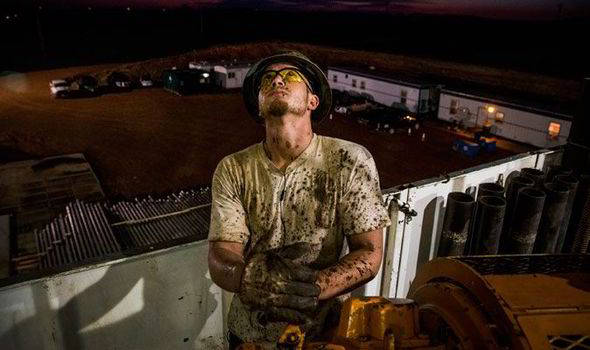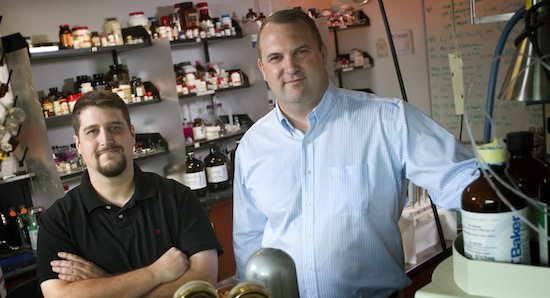Measure may face legal challenges

Photo Credits:
Photo Caption: This graphic, created by the Bill of Rights Committee, shows what would be the geographic range of a fracking ban if a number of area communities adopt an aquifer protection ordinance.
Photo Caption: This graphic, created by the Bill of Rights Committee, shows what would be the geographic range of a fracking ban if a number of area communities adopt an aquifer protection ordinance.
A group of local anti-fracking activists has announced that a proposed citizens initiative banning the controversial oil and gas drilling activity is heading to the ballot for citizens of the city of Athens this November.
But the Athens County Board of Elections has reported that a number of concerned citizens, including attorneys in town, have approached them questioning the propriety of a ballot initiative that seems to contradict Ohio Revised Code.







